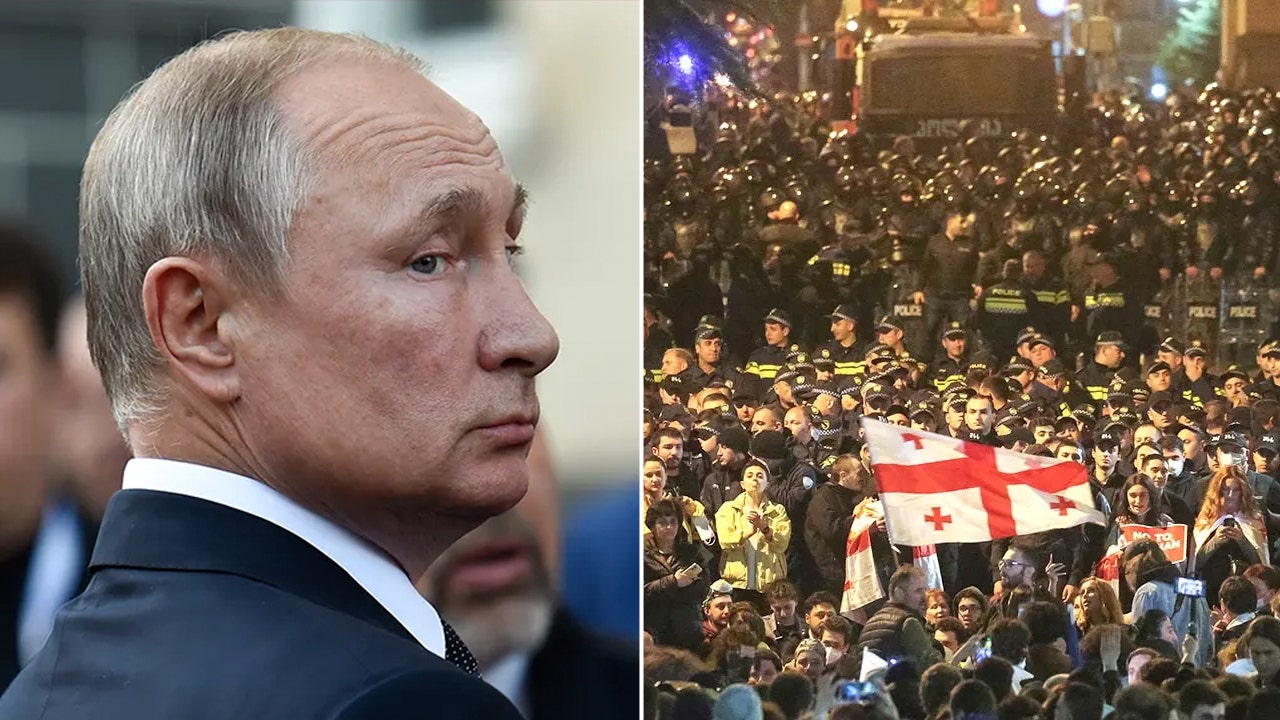Top News
Trucks of humanitarian aid began moving ashore into Gaza early Friday through a temporary pier built by the U.S. military, the first supplies of aid to be sent into the enclave by sea in two months, but well short of what humanitarian groups say is needed to meet the staggering levels of hunger and deprivation in Gaza.
A day earlier, the U.S. military said it had anchored the floating pier and causeway to the beach in Gaza, a key step in completing a maritime aid corridor that the Pentagon announced in March. But U.S. officials and international aid groups have said sea shipments can only supplement deliveries through land crossings, not replace them.
No U.S. troops entered Gaza on Friday, the U.S. military said, emphasizing that it was providing only logistical support for delivery of the supplies, which were donated by a number of countries and organizations.
The territory of 2.2 million civilians is more reliant than ever on humanitarian aid. The devastation after seven months of Israeli bombardment, strict Israeli inspections and restrictions on crossing points had already severely limited what can enter. And over the past week and a half, the flow of aid through the main land crossings in southern Gaza has been reduced nearly to a trickle since Israel began a military assault around the city of Rafah.
Israel has come under pressure from the Biden administration and other allies to do more to to ease the entry of aid, with Secretary of State Antony J. Blinken warning this week that recent improvements in relief delivery were being undercut by the fighting in southern Gaza.
The initial deliveries of aid include food bars for 11,000 people, therapeutic food for 7,200 malnourished children and hygiene kits for 30,000 people, the U.S. Agency for International Development said at a briefing Thursday. It was not immediately clear where the aid would be delivered or who would deliver it, though U.S.A.I.D. officials have said that United Nations agencies including the World Food Program would distribute the supplies inside Gaza.
Pentagon officials said they were initially aiming to deliver about 90 trucks of aid each day, increasing that to about 150 trucks when the operation reaches capacity. Some 500 trucks of commercial goods and aid arrived in Gaza each day before the war began last October.
Defense Secretary Lloyd J. Austin III spoke about the maritime corridor in a call with his Israeli counterpart, Yoav Gallant, on Thursday, according to the Pentagon. Mr. Austin stressed the need to “surge” humanitarian assistance to Gaza, through land border crossings in addition to the pier, according to the department.
Israel’s military said it had been working with the U.S. military to support the project as a “top priority.”
Vice Adm. Brad Cooper, deputy commander of the Central Command, said the pier would only complement the flow of aid through land crossings, which he emphasized were “the most efficient and effective pathway to move the necessary volume of assistance.”
One of Gaza’s two main crossings for aid, in Rafah on the border with Egypt, has been closed since Israel began its military operation against Hamas fighters there. Israel shut down the second major crossing, at Kerem Shalom, after a Hamas rocket attack nearby killed four Israeli soldiers last week. That crossing has since reopened, Israel says, but little aid has passed through in recent days.
An aid group, World Central Kitchen, built a makeshift jetty in mid-March to deliver aid by sea to Gaza for the first time in nearly two decades. But those efforts came to an abrupt stop in early April after seven of the group’s workers were killed in an Israeli strike.





